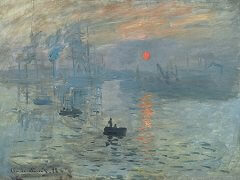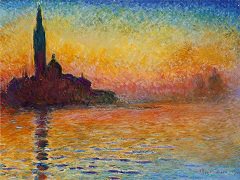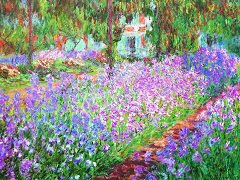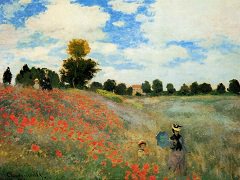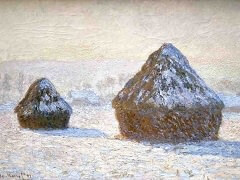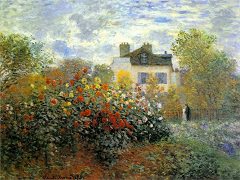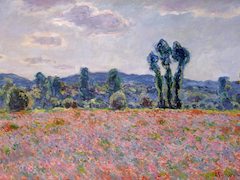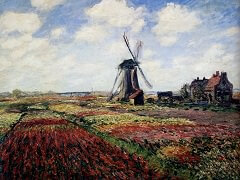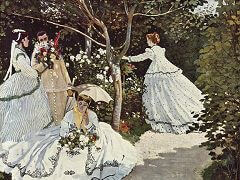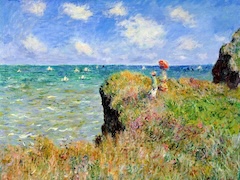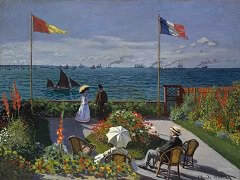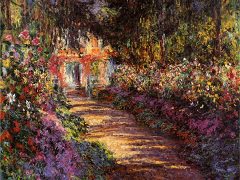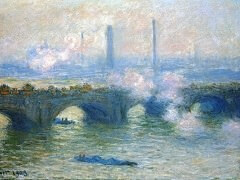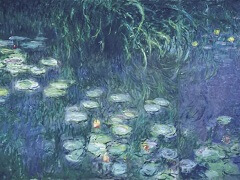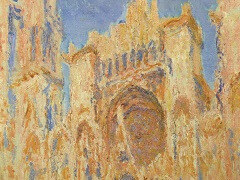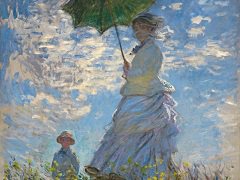Water Lily Pond, Harmony in Green, 1899 - by Claude Monet
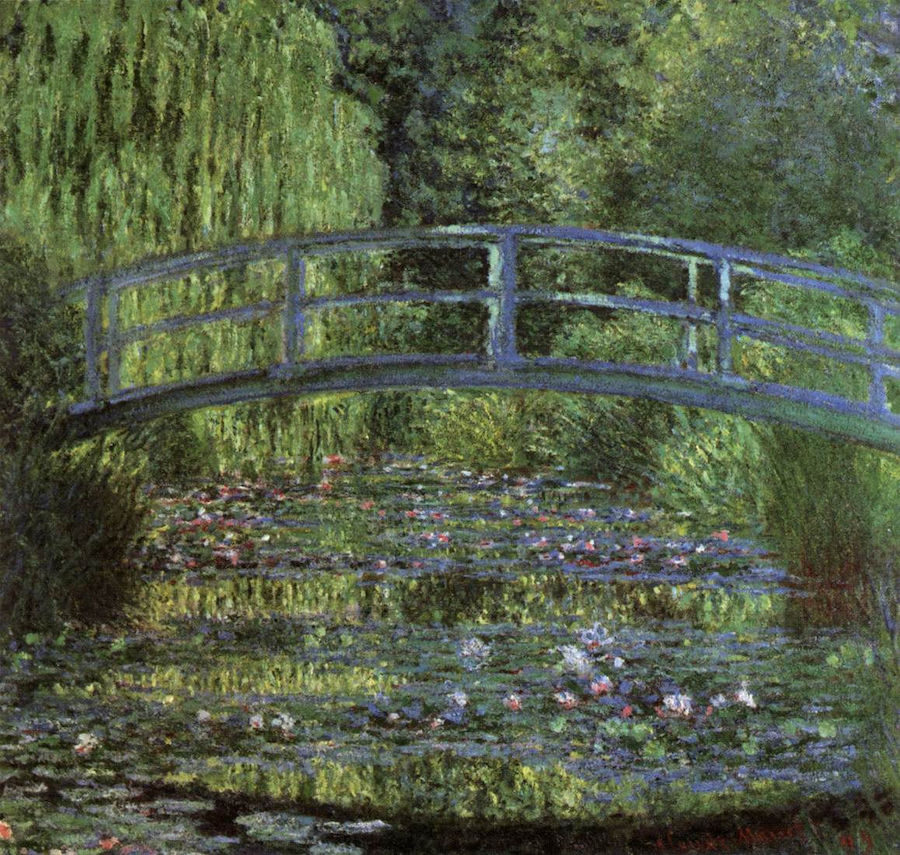
Monet began building his water lily garden at Giverny in the 1890s as an oriental complement to the more traditional western flower garden that he had already designed. A keen gardener, Monet employed a team of workers to maintain the gardens even when he claimed he had very little money.
His gardens at Giverny became virtually his only subject for painting for the remaining 26 years of his life. Monet had long believed that a close relationship with nature on an almost primitive level helped to develop an individuals understanding of himself and the world around him. The Japanese were thought to be a nation that particularly understood this regenerative relationship. His choice of an oriental garden as a theme effectively underlines his beliefs.
Although a painting of a distinctly un-French subject, the palette of colors Monet chose for it are nevertheless quite traditional. The water draws the eye of the viewer into the distance through a world harmonized in green and blue. In serenity of the scene is derived from the subject matter and complementary colors. In addition, balance is provided by the water that ends almost exactly at the center of the picture an, reflects the foliage in the top half. The bridge spanning the pond forms a symmetrical rounded shape that adds to this balance.

